There are many methods and concepts used to manage transactions in business. All these methods and concepts help in recording and managing transactions systematically. One of these concepts is the concept of ledger, it helps to classify transactions according to their nature. According to the concept of ledger, separate accounts are prepared for each nature in which only transactions related to them can be recorded. Ledger accounts are maintained only of that nature which has occurred in the business during a certain period.
In a business, transactions of different natures may occur during a certain period for which separate accounts are prepared. Businesses that have fewer transactions can use only one book for maintaining ledger accounts as it will not be difficult to trace the accounts due to fewer accounts, but businesses that have a large number of transactions have to use different books to maintain ledger accounts. The use of different books for different natures of ledger accounts is called classification of ledger accounts like separate book for debtors, separate book for creditors, etc.

Table of Contents
Classification of Ledger Accounts
Following are examples of classification of ledger accounts:
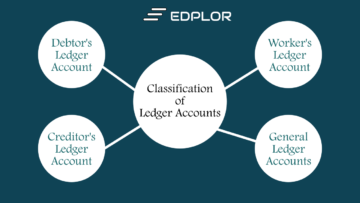
1. Debtor’s Ledger Account:
Debtor means a buyer who buys goods and services from the business on credit and it plays a very important role in the business as it helps in running the business and as long as the balance is pending it is the current asset of the business. All accounts related to debtors are recorded under the debtor’s ledger account. If there are a large number of debtors, then they can also be classified according to area.
2. Creditor’s Ledger Account:
Creditor means a seller who sells goods and services on credit, and it plays an important role in every business. Debtors help bring goods and services out of the business and creditors help bring goods and services into the business. Creditors are the current liabilities of the business as long as the balance remains pending. All the accounts related to the creditor are recorded in the creditor’s ledger account book. If the business has more creditors they may be classified.
3. Worker’s Ledger Account:
Worker means a person who works for some reason in a business and receives a reward and may be permanent or temporary. A business cannot run without workers because the business itself does not run. Workers in a business act as guardians of the business. According to accounting, workers are the liability of the business and according to management, workers are the asset of the business. All accounts related to workers are recorded in the worker’s ledger account book.
4. General Ledger Accounts:
In any business, apart from creditors, debtors, and workers, there are also other transactions which are recorded in the general ledger account book. If there are high transactions of any nature in the business, then separate ledger books can be used for them also. There is no clear classification in the ledger and there are no rules for it. Transactions of any nature can be classified, depending entirely on the business. The main purpose of classifying ledger accounts is to manage the ledger accounts systematically.
Read Also:
QNA/FAQ
Q1. Why are ledger accounts classified?
Ans: Ledger accounts are classified to manage systematically.
Q2. Which accounts are included in the debtor’s ledger account?
Ans: All accounts related to debtor’s are included in the debtor’s ledger account.
Q3. How long is a debtor a current asset of the business?
Ans: As long as there is a balance in the account, the debtor is a current asset of the business.
Q4. Is the classification of ledger accounts mandatory?
Ans: No, classification of ledger account is not mandatory, it completely depends on the business.
Q5. How long is a creditor a current liability of the business?
Ans: As long as there is a balance in the account, the creditor is a current liability of the business.
Q6. Write an example of classification of ledger account.
Ans: Following are examples of classification of ledger accounts:
1. Debtor’s Ledger Account
2. Creditor’s Ledger Account
3. Worker’s Ledger Account
4. General Ledger Accounts



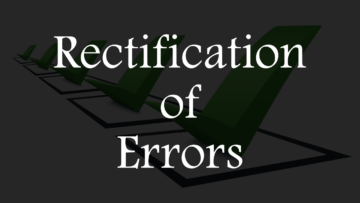

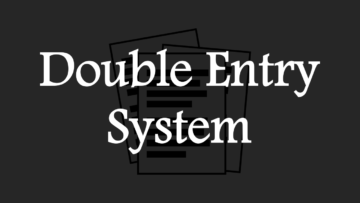


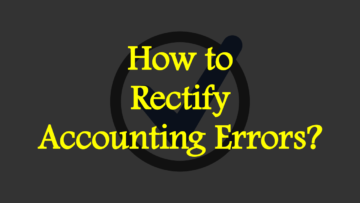

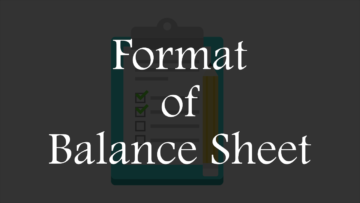

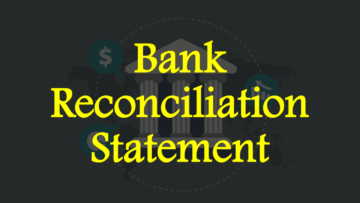

Thanks so much for the update
I am so grateful